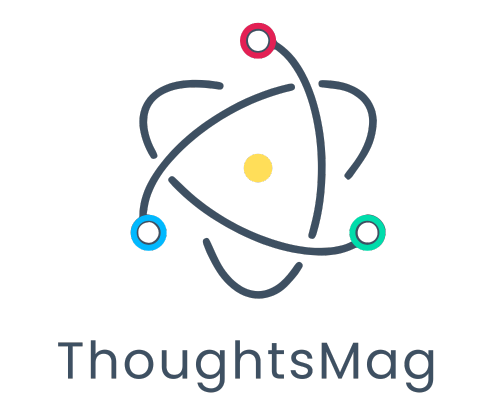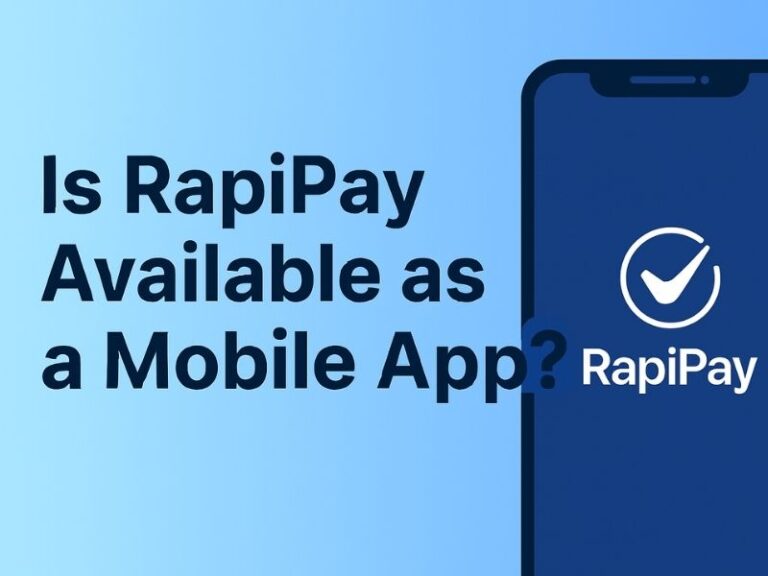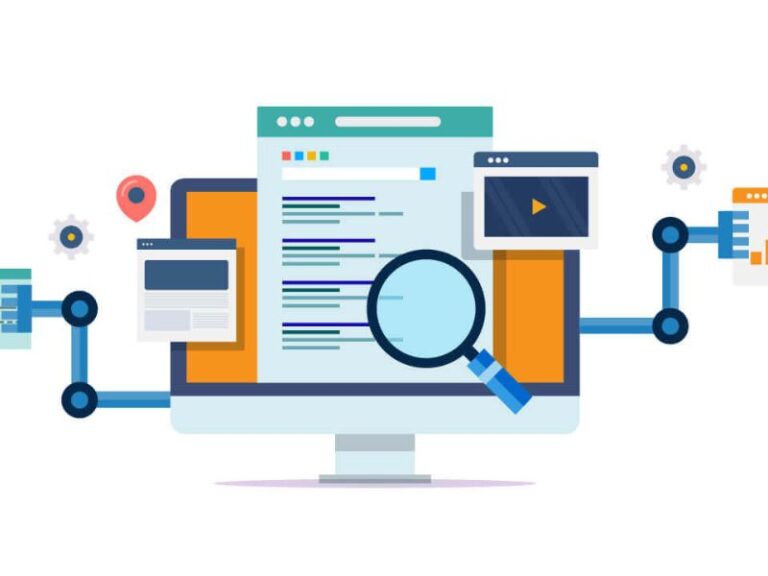In the modern world, utilities form the backbone of daily life. From electricity to water and natural gas, these critical services keep our communities functioning. But with digital transformation sweeping across the energy and utilities sector, cyberattacks have become one of the biggest risks to operational safety and reliability. This is where artificial intelligence (AI) is stepping in. By enhancing threat detection and enabling faster responses, AI is helping utilities defend themselves against sophisticated cyberattacks. In this article, we’ll explore how AI helps utilities detect cyber threats and respond rapidly, along with the benefits, challenges, and future outlook.
The Growing Cyber Threat Landscape in Utilities
Utilities are increasingly digitized, relying on smart grids, IoT devices, and cloud-based systems. While this boosts efficiency, it also creates a larger attack surface for hackers.
Key Cyber Threats Facing Utilities in 2025
- Ransomware Attacks: Criminal groups targeting critical infrastructure to demand massive payouts.
- Phishing and Social Engineering: Exploiting employees as entry points into secure systems.
- Insider Threats: Employees or contractors misusing access.
- SCADA/ICS Exploits: Attacks on Supervisory Control and Data Acquisition (SCADA) and Industrial Control Systems (ICS).
- State-Sponsored Attacks: Nation-states targeting utilities for disruption or espionage.
According to recent cybersecurity statistics, over 80% of utility companies experienced at least one major cyber incident in the last year, with recovery costs soaring into millions of dollars.
Why Utilities Struggle With Cybersecurity
Utilities face unique challenges when it comes to cybersecurity:
- Legacy Infrastructure: Many still use outdated systems not designed with security in mind.
- High Stakes: Disruptions can affect millions of people and critical industries.
- Complex IT/OT Integration: Combining IT systems with operational technology (OT) creates vulnerabilities.
- Skills Gap: Shortage of skilled cybersecurity professionals in the energy sector.
These challenges highlight why traditional cybersecurity approaches alone are no longer enough—AI is becoming a game-changer.
How AI Strengthens Utility Cybersecurity
AI brings advanced capabilities that make it possible to identify, predict, and respond to cyber threats faster than ever before. Here’s how:
1. Real-Time Threat Detection
AI systems analyze vast amounts of network traffic in real time, identifying anomalies that human teams might miss. For example, if unusual access patterns occur in SCADA systems, AI flags them instantly.
2. Predictive Analytics
By learning from historical attack data, AI can anticipate potential vulnerabilities and warn utility companies before threats materialize.
3. Automated Incident Response
AI-powered systems can take immediate action—isolating affected systems, blocking malicious IP addresses, and initiating recovery protocols without waiting for manual intervention.
4. Behavioral Analysis
Machine learning algorithms study user and system behavior. When deviations occur (like abnormal login times or command executions), AI raises alerts.
5. Integration With Security Tools
AI seamlessly integrates with firewalls, SIEM (Security Information and Event Management) tools, and intrusion detection systems to provide a unified defense strategy.
Benefits of AI for Utilities
Adopting AI for cybersecurity provides several advantages:
- Faster Response Times: Automated detection and response reduce downtime.
- Reduced False Positives: AI filters noise, ensuring teams focus on real threats.
- Cost Savings: Preventing cyberattacks saves millions in recovery and reputational damage.
- Continuous Monitoring: AI provides 24/7 surveillance without fatigue.
- Scalability: Systems adapt to growing infrastructure without manual workload increases.
Case Studies: AI in Action for Utility Cybersecurity
Case Study 1: Smart Grid Security
A U.S.-based energy provider deployed AI-powered anomaly detection tools. The system flagged unusual communication between smart meters and control systems, preventing a widespread ransomware attack.
Case Study 2: Water Utility Protection
A European water utility used AI-driven monitoring to detect abnormal sensor readings, uncovering an attempted cyber intrusion aimed at altering chemical treatment levels.
Case Study 3: Power Plant Defense
In Asia, a power plant integrated AI with its SIEM system, reducing incident response times from hours to minutes.
Challenges of Using AI in Utility Cybersecurity
While AI is powerful, it’s not without limitations:
- Implementation Costs: Advanced AI systems can be expensive.
- Data Privacy: Collecting and analyzing large datasets raises privacy concerns.
- Overreliance on Automation: Human oversight remains essential.
- Adversarial AI Threats: Hackers may attempt to deceive AI models with sophisticated tactics.
Best Practices for Utilities Adopting AI Cybersecurity
- Combine AI With Human Expertise: AI should augment, not replace, cybersecurity teams.
- Regular Updates and Training: Keep AI models trained with the latest threat intelligence.
- Adopt a Zero Trust Framework: Never assume any system or user is safe by default.
- Secure IT/OT Integration: Strengthen defenses where IT meets operational technology.
- Conduct Simulated Attacks: Regular testing ensures AI systems respond effectively.
The Future of AI in Utility Cybersecurity
Looking ahead, AI will play an even bigger role in safeguarding utilities:
- AI-Powered Threat Hunting: Continuous, proactive identification of hidden threats.
- Quantum-Resistant AI Algorithms: Preparing for future risks posed by quantum computing.
- Collaborative Defense Networks: Utilities sharing AI-driven threat intelligence globally.
- Self-Healing Systems: AI that not only detects and responds but also repairs vulnerabilities autonomously.
Conclusion
Utilities are critical to modern society, making them prime targets for cybercriminals. With attacks becoming more sophisticated and frequent, traditional defenses aren’t enough. AI helps utilities detect cyber threats and respond rapidly, offering real-time monitoring, predictive capabilities, and automated responses. While challenges like costs and privacy concerns remain, the benefits of AI-powered cybersecurity far outweigh the risks.
As technology advances, utilities that embrace AI-driven defenses will be better positioned to ensure reliable, secure, and uninterrupted service to millions of people worldwide.
FAQs:
Q1: Why are utilities frequent targets of cyberattacks?
Because they provide essential services, making them high-value targets for disruption and ransom.
Q2: How does AI detect cyber threats in real time?
AI analyzes network traffic and system behaviors to identify anomalies that signal potential attacks.
Q3: Can AI completely replace human cybersecurity teams?
No, AI should complement human expertise by automating detection and response, while humans handle strategy and oversight.
Q4: What is the biggest benefit of AI in utility cybersecurity?
The ability to rapidly detect and respond to threats, minimizing downtime and financial loss.
Q5: What’s the future of AI in utility cybersecurity?
Expect more autonomous, self-healing systems and global collaboration powered by AI-driven threat intelligence.






